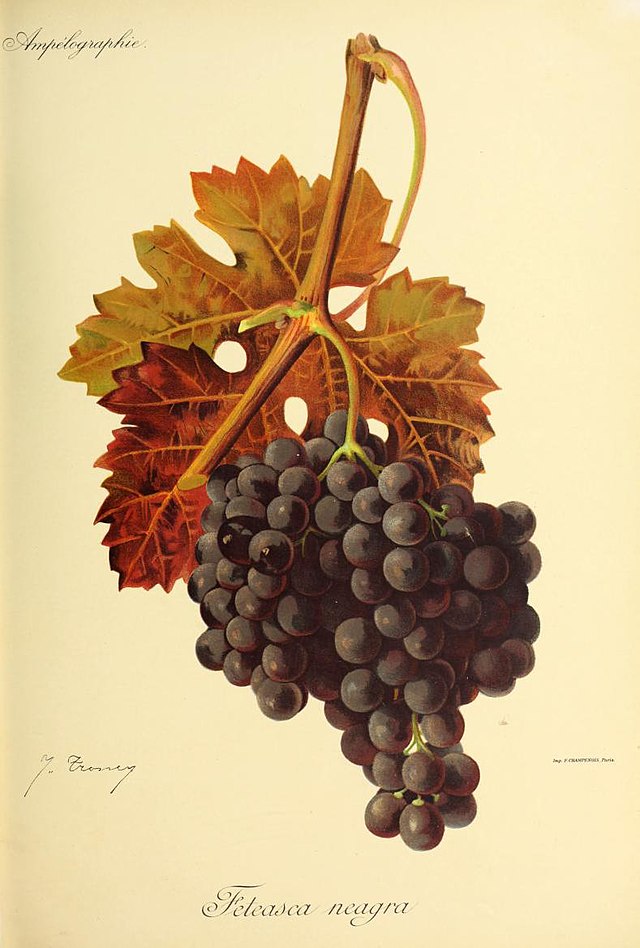Your basket is empty
Already have an account? Log in to check out faster.
Already have an account? Log in to check out faster.
In her book The Wines of Bulgaria, Romania and Moldova, Master of Wine Caroline Gilby writes, “Davino is Romania’s wine aristocracy, consistently one of the country’s very top wineries and so reliable that the universities of Bucharest and Iași use its wines for reference samples.” Truly, Davino sits at the height of Romania’s wine industry, among the finest interpreters of Eastern European native grapes and making most every shortlist of the country’s finest producers.
Romania’s modern wine industry is relatively young, born after the fall of the Soviet Union in the late 20th century. Still, Davino was only the third private winery in the aftermath of the 1989 revolution. Founded in 1997 by Dan Balaban, a successful wine distributor, Davino’s vineyard holdings were slowly built up in the late 1990s and 2000s. Balaban began with just 4 hectares, growing to 36 ha by 2004, and today possessing more than 70 ha.
Winemaker Bogdan Costachescu has worked at Davino since nearly its inception, hired in the 1998 vintage. Under Costachescu’s stewardship, Davino has produced some of the most decorated wines in Romania, recognized equally for its work with indigenous grapes as it is for its blends with French varieties. Costachescu favors lower intervention winemaking practices, relaying on ambient yeasts for spontaneous fermentation and minimizing sulfur additions. He and Balaban have also spearheaded admirable sustainability measures in the vineyards, with complete conversion to organic viticulture anticipated by 2028.

Romania’s history of winegrowing dates to at least 4,000 years ago, likely originating with the Greeks, who settled the Dobrogea region on the banks of the Black Sea. Wine continued under later rule by the Dacians, with such a high reputation for quality that their entire industry was once threatened by way of an order from King Burebista in the 1st century BCE. He decreed all vineyards be uprooted, ridding Dacia of one of its most prized assets in an attempt to dissuade and disinterest frequent invaders of the area. While what is today Romania has changed hands over the course of millennia, winegrowing has remained a constant.
Yielding much of Romania’s most pedigreed wines, the Dealu Mare appellation stands at the foothills of the Carpathian Mountains among the broader Oltenia and Muntenia region. Viticulture is documented in area from the 14th century, though may begin as early as Visigoth rule in late antiquity. What is today Dealu Mare was later known as a source of quality wine sought after by Transylvanian princes.
A short 75-minute drive northeast from Bucharest, latitudinally Dealu Mare rests on the 45th parallel, in line with Bordeaux and Piedmont. Dealu Mare translates to mean “big hill,” and the wines, especially the reds, are renowned for their complexity and firm structure. Enjoying a long growing season and a continental climate, vineyards are generally planted on south-facing slopes at elevations above 130 meters and are surrounded by forests and rolling landscapes that protect the vines from winter frost.
